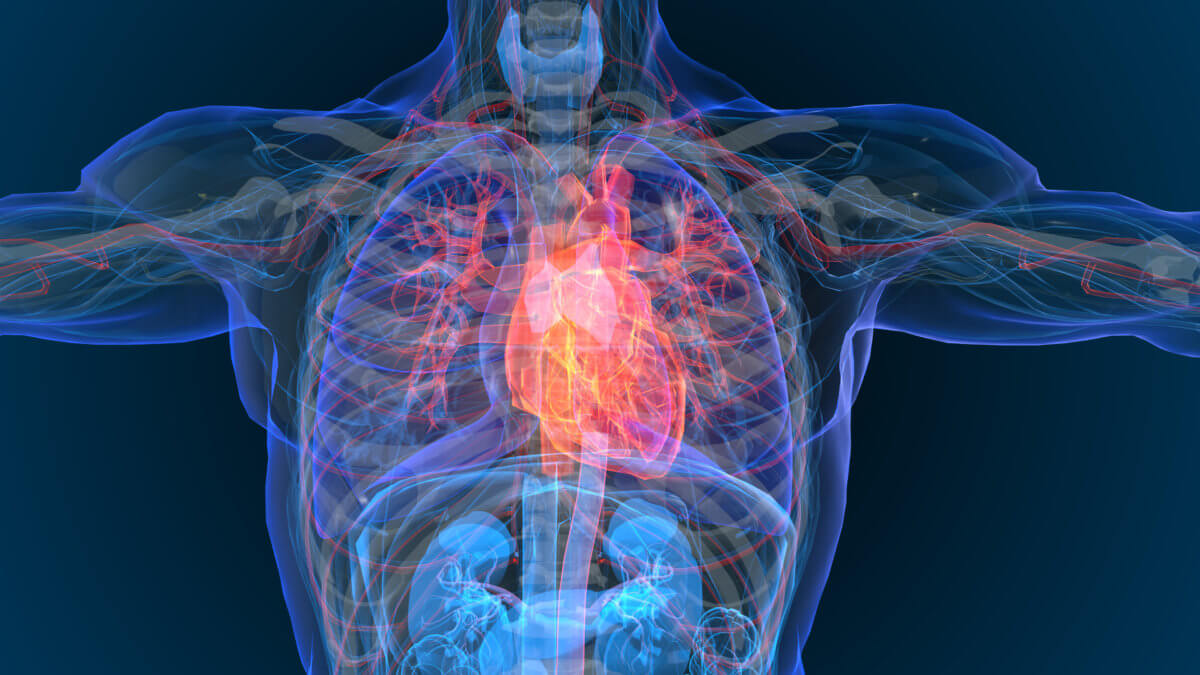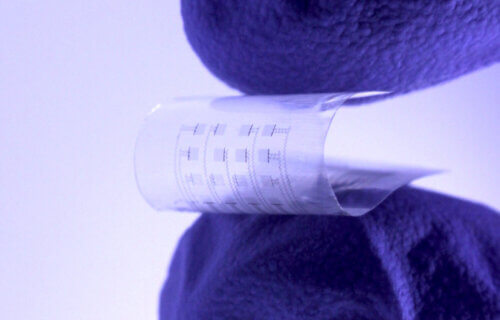EVANSTON, Ill. — A dissolvable implant, injected into the body, could potentially assist millions of people suffering from heart failure. This soft, wireless device can be situated in various areas of the heart, which improves the precision of treatments and facilitates early adjustments in medication. Not only does it restore normal heart rhythms, but it also pinpoints areas that are not functioning properly.
Resembling a postage stamp in size, this highly transparent monitor operates in real-time, consistently transmitting crucial information. Once its mission is accomplished, it harmlessly disintegrates, much like absorbable stitches, thereby eliminating the need for surgical removal.
“Several serious complications, including atrial fibrillation and heart block, can follow cardiac surgeries or catheter-based therapies,” says Northwestern University’s Igor Efimov, an experimental cardiologist and the study’s co-leader. “Current post-surgical monitoring and treatment of these complications require more sophisticated technology than currently available. We hope our new device can close this gap in technology. Our transient electronic device can map electrical activity from numerous locations on the atria and then deliver electrical stimuli from many locations to stop atrial fibrillation as soon as it starts.”

Cardiovascular disease is the world’s leading cause of death, claiming roughly 18 million lives annually. This flexible device holds potential to prevent approximately six million deaths that occur in the days, weeks, or months following a heart attack.
“Many deaths that occur following heart surgery or a heart attack could be prevented if doctors had better tools to monitor and treat patients in the delicate weeks and months after these events take place,” adds George Washington University’s Luyao Lu, who co-led the work with Efimov, in a media release. “The tool developed in our work has great potential to address unmet needs in many programs of fundamental and translational cardiac research.”
The device is composed of biocompatible materials approved by the U.S. Food and Drug Administration and simply dissolves into harmless products. Over time, it degrades and completely vanishes due to the body’s natural biological processes.
Published in Science Advances, this device has already proven effective in small animal models. It surpasses the capabilities of a traditional pacemaker by restoring normal heart rhythms and indicating which areas of the heart are functioning adequately or inadequately.
The device’s transparency allows researchers to optically map many important cardiac physical parameters, which aids in studying heart function and the mechanisms of heart disease. By avoiding complications from surgical extraction and lowering infection risks, it could decrease healthcare costs and improve patient outcomes.
“After heart surgeries, surgeons sometimes insert temporary wires, which are connected to external current generators, to provide electrical stimulation during temporary heart block caused by the surgery,” Efimov says.
“Recently, we developed a bioresorbable pacemaker to replace such a wire. Post-operative atrial fibrillation requires a more complicated approach based on a multi-electrode array for sensing and stopping atrial fibrillation. Now, we present a novel technology to achieve this goal.”
South West News Service writer Mark Waghorn contributed to this report.
You might also be interested in:
- Implantable rubber patch monitors heart disease risks without pacemaker problems
- Algae brain implants could help regenerate tissue — curing epilepsy
- Doing this for 11 minutes a day helps ward off heart disease, cancer

